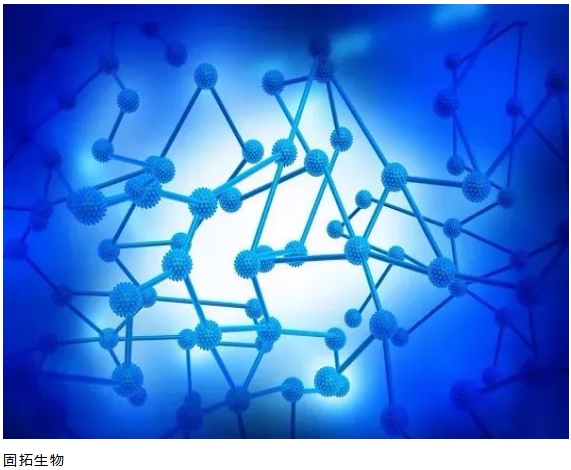Peptide chain synthesis has been widely used in many fields, especially in drug development, biological research and biotechnology. Peptides of various lengths and sequences can be synthesized through peptide chain synthesis for drug preparation, drug carrier, protein analysis, functional research and so on. So what is the direction of synthetic peptides? Today, Gutuo Xiaobian will give you a detailed answer below.
What is the orientation of the artificially customized peptides? Do you know these points?
Peptide chain synthesis can be achieved by the stepwise addition of amino acid molecules to the existing peptide chain, generating new peptide bonds. Due to growth from the N end to C peptide chain, so the direction of synthesis is also from the N end to C. This is because the C terminal and the N terminal amino acids between peptide bond formation process, the amino acids of carboxyl end (C) and existing amino (N) at the end of the peptide chain reaction, cause a new peptide bond. So, the direction of synthesis from the N end to C.
Peptide synthesis is mainly connecting amino acid molecules through chemical method to form a process of peptides. To be specific, the polypeptide chain synthesis is connects amino acid molecules, in turn, can be formed by chemical bonds to construct a process of peptides. Peptide chain synthesis can usually be carried out by either solid-phase synthesis or liquid-phase synthesis. In solid-phase synthesis, initial amino acids are attached to the solid-phase material, and then the peptide chain is sequentially extended by stepwise addition of individual amino acids.
Above is the small make up to introduce the classification of the peptide and role of the related knowledge, solid tinto focus on peptide synthesis, protein expression, antibody preparation, etc., is engaged in peptide industry for many years, first-class product quality, welcome the masses of customers to come to consult.
Post time: Dec-08-2023

